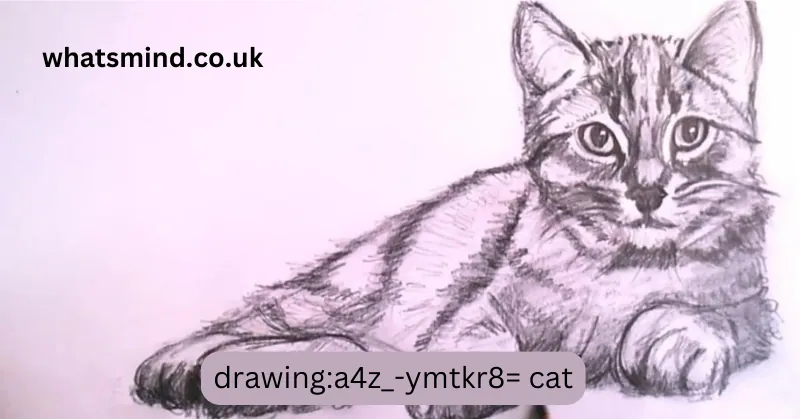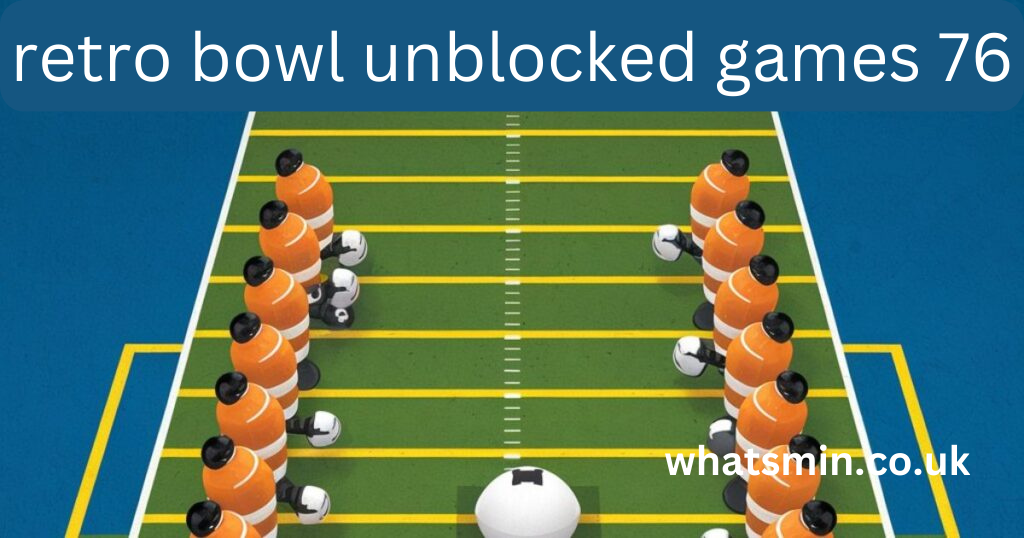In today’s rapidly evolving world, fostering creativity has become more than just a buzzword—it’s a vital ingredient for innovation, personal growth, and collaborative success. Whether you’re an artist, entrepreneur, educator, or simply someone eager to unlock your creative potential, having a dedicated space to nurture that creativity makes all the difference. Conversations with Jessica, a passionate advocate for creative empowerment, shed light on how cultivating intentional environments can spark inspiration and drive meaningful dialogue.
The Importance of a Dedicated Creative Space
A space that is intentionally designed for fostering creativity isn’t just about aesthetics; it’s about creating an environment that stimulates the mind, encourages experimentation, and removes barriers to expression. Jessica emphasizes that “a dedicated space serves as a catalyst for ideas to flourish. It becomes a sanctuary where vulnerabilities are safe, and innovation is nurtured.”
Jessica’s approach to designing such spaces focuses on several core principles:
- Freedom and Flexibility: The environment should adapt to various modes of creative expression, whether it’s painting, writing, brainstorming, or collaborative projects.
- Inspiration-Rich Atmosphere: Incorporating elements like vibrant colors, inspiring artwork, natural light, and sensory stimuli helps keep the creative juices flowing.
- Minimal Distractions: While a lively environment can be stimulating, Jessica advocates for a balance that minimizes interruptions, allowing focus and immersion.
- Tools and Resources: Equipping the space with necessary materials—brushes, cameras, computers, notebooks—empowers uninterrupted creative exploration.
Conversations with Jessica: Unlocking the Power of Creative Environments
Through her ongoing conversations with artists, entrepreneurs, and educators, Jessica has uncovered fascinating insights into how dedicated spaces influence people’s creative processes. Here are a few key takeaways from her discussions:
1. The Magic of Personalization
Jessica often talks about how the most inspiring spaces are personalized. When individuals bring in objects, colors, or themes that resonate with their identity, it creates a sense of ownership and comfort. This ownership fuels motivation and sparks ideas.
“A space should reflect who you are and what you want to explore,” Jessica shares. “When you feel connected to your environment, your ideas have room to breathe.”
2. Community and Connection
Jessica highlights the value of creating shared spaces designed for community engagement. Collaborative environments promote the exchange of ideas, feedback, and mentorship. For example, co-working studios, art labs, or writing circles foster the collective energy that often leads to breakthroughs.
“Conversations with others ignite new perspectives,” Jessica notes. “A creative space isn’t just about individual work—it’s about shared growth.”
3. Embracing Imperfection and Experimentation
A recurring theme in Jessica’s dialogues is that a space should encourage experimentation without fear of failure. Artistic growth often comes from trying new methods, making mistakes, and learning. The environment should be a safe harbor for all these stages.
“Creativity is messy—so your space should support that,” Jessica reminds us. “Clutter, chaos, or even unfinished projects are signs of active exploration.”
4. Technology as an Enabler, Not a Barrier
While Jessica values traditional tools like paint and paper, she also advocates for integrating technology—digital tablets, virtual reality, online collaboration spaces—that complements creativity rather than detracts from it.
“Tech can expand the possibilities,” Jessica explains. “But it should enhance, not hinder, the flow of ideas.”
Practical Steps to Cultivate Your Creative Space
Inspired by conversations with Jessica, here are actionable tips for creating your own space dedicated to fostering creativity:
- Define Your Purpose: Clarify what you want from the space—art, writing, brainstorming, or all of these—and design accordingly.
- Personalize the Environment: Add items that inspire you—favorite colors, images, or memorabilia that evoke positive emotions.
- Establish Clear Zones: Create dedicated areas for different activities—an inspiration corner, a work table, a reflection nook—to facilitate diverse creative processes.
- Keep Supplies Accessible: Store your materials within reach to encourage spontaneity and continuous engagement.
- Limit Distractions: Establish boundaries—such as scheduled “creative time” or quiet hours—to maximize focus.
- Invite Others: Host small gatherings or collaborative sessions to spark new ideas through conversation.
- Reflect and Revise: Regularly assess your space—what’s working, what’s not—and adjust to keep the environment fresh and motivating.
The Transformative Power of a Creative Sanctuary
Jessica’s insights demonstrate that a dedicated, thoughtfully designed space can be transformative. It not only fuels individual creativity but also cultivates a community that values expression, experimentation, and growth.
Whether it’s a corner in your apartment, a dedicated studio, or an online platform, crafting your ideal space is a powerful act of self-investment. When you create an environment that nurtures your creative spirit, the possibilities expand exponentially—from discovering new talents to solving complex problems with fresh perspectives.
Conclusion
In conversations with Jessica, one idea remains clear: fostering creativity requires intentionality, environment, and openness. A space dedicated to nurturing conversation, experimentation, and growth becomes the foundation for unlocking your full creative potential. By designing or transforming your environment to reflect your passions and needs, you create a fertile ground for ideas to flourish.
Remember, your creative space isn’t just a physical location—it’s a reflection of your curiosity, imagination, and willingness to explore. So, take the time to develop a space where your ideas can thrive, engage in meaningful conversations, and embrace the beautiful messiness of creativity. The world needs your unique voice—start cultivating the space that will help you share it.


